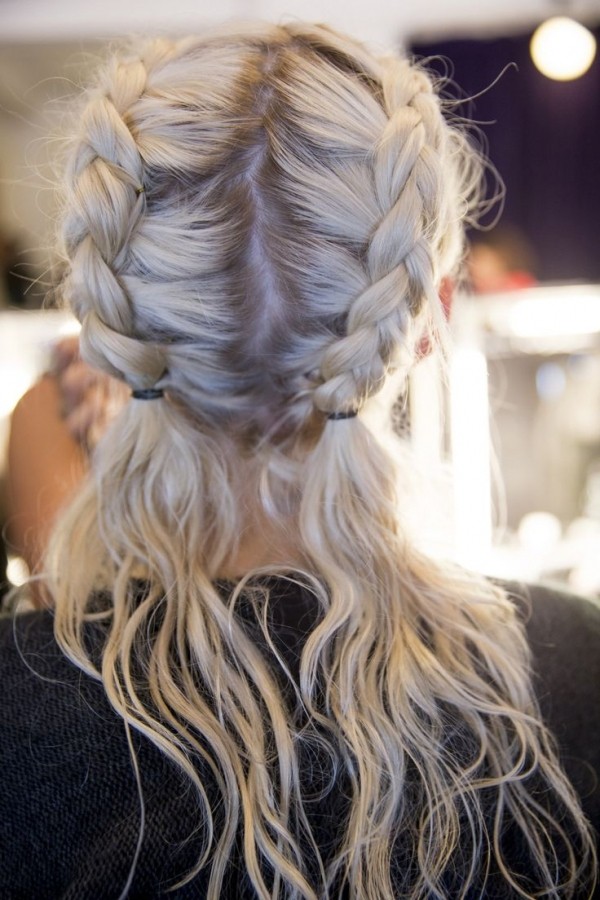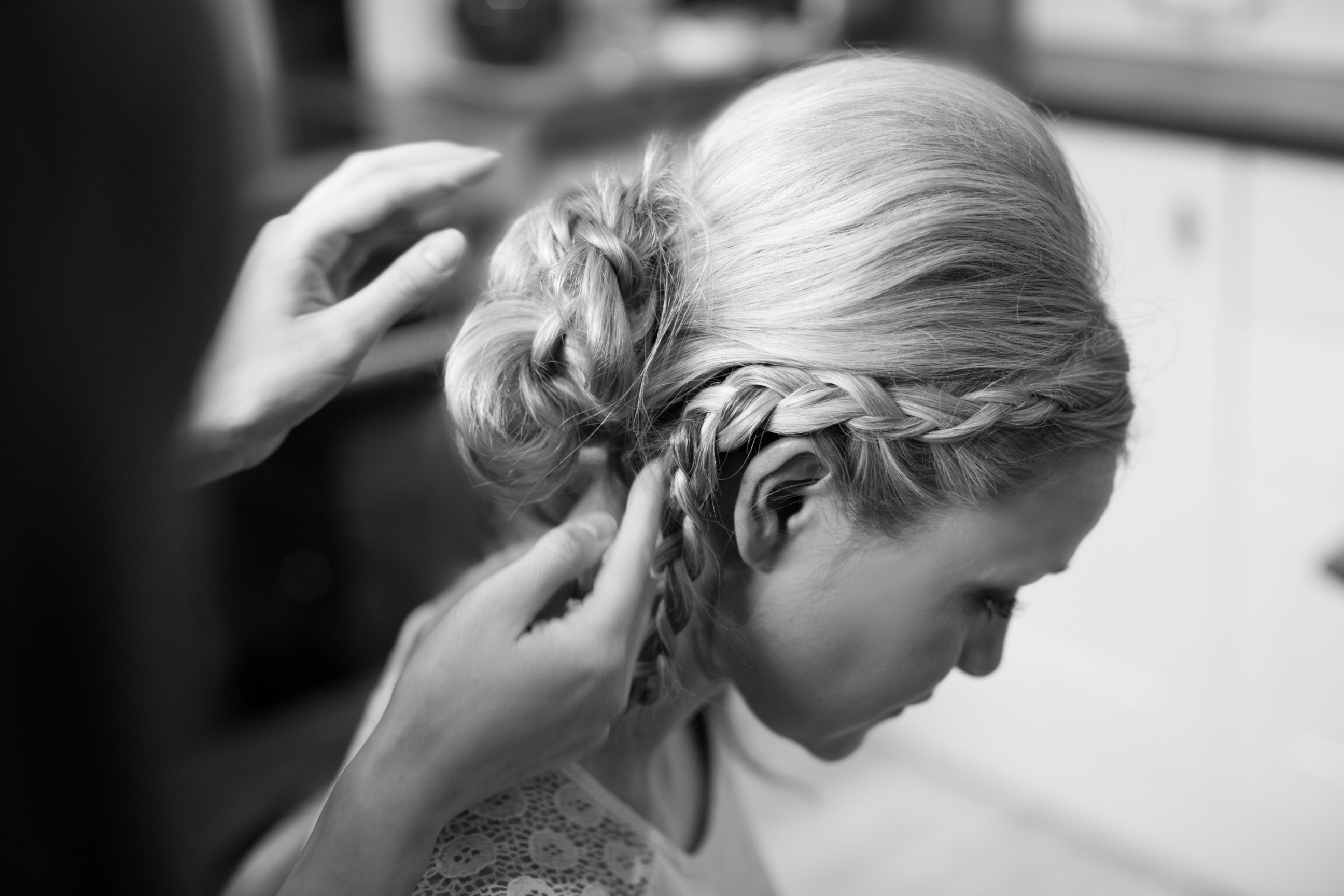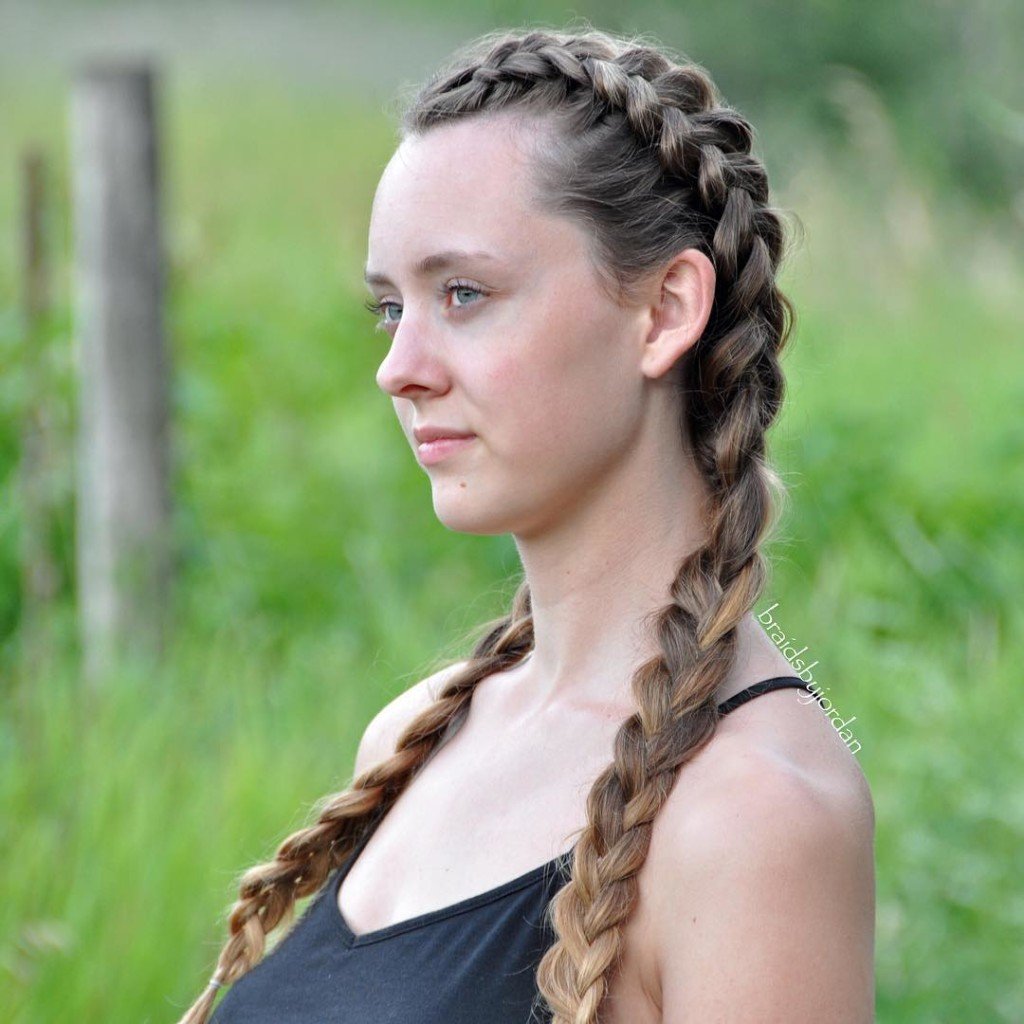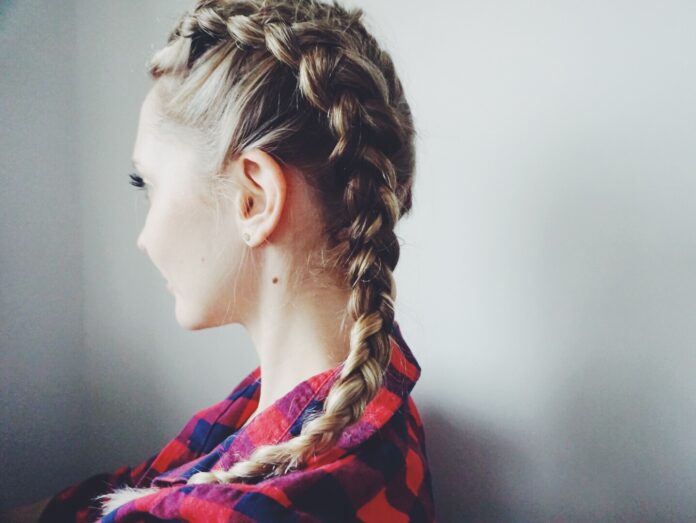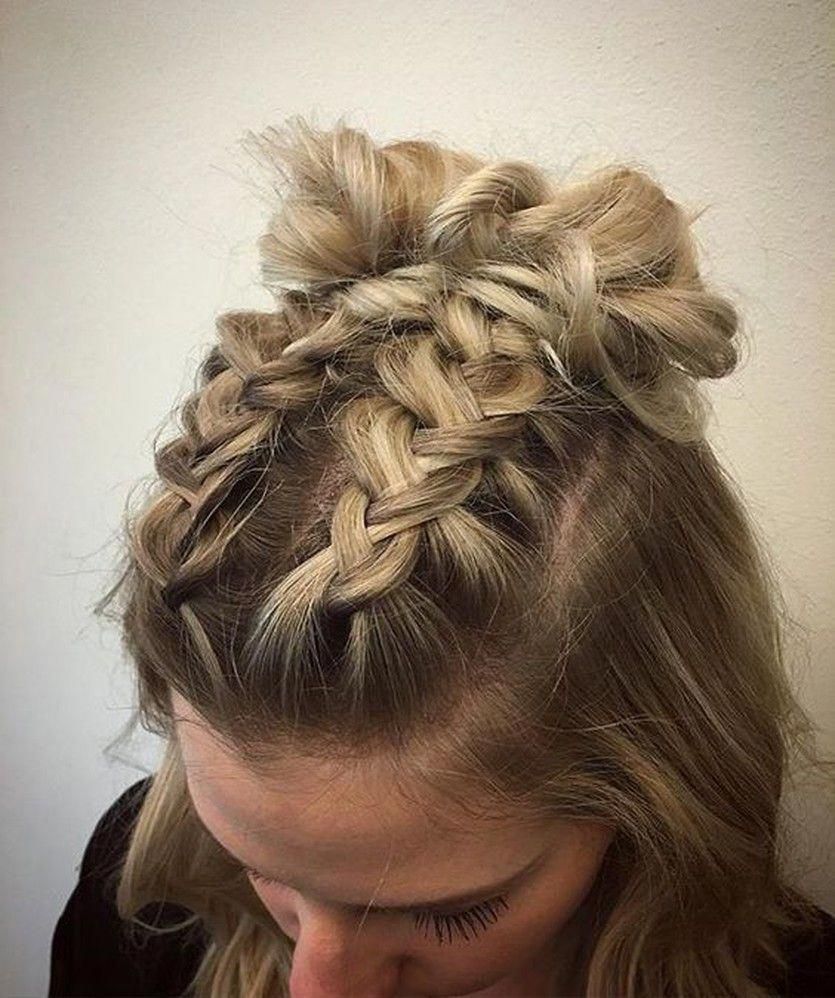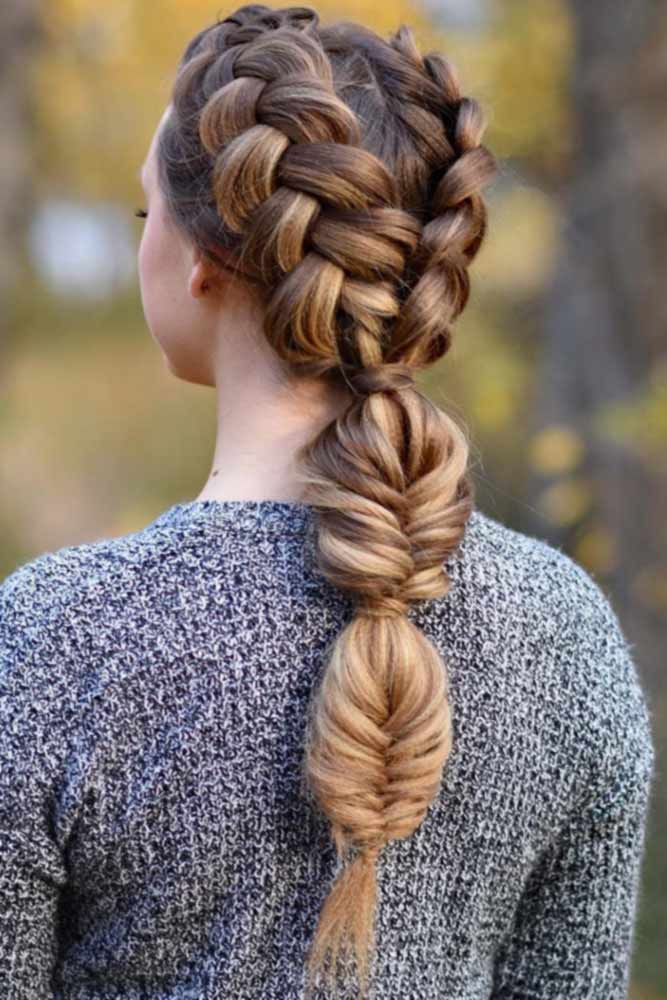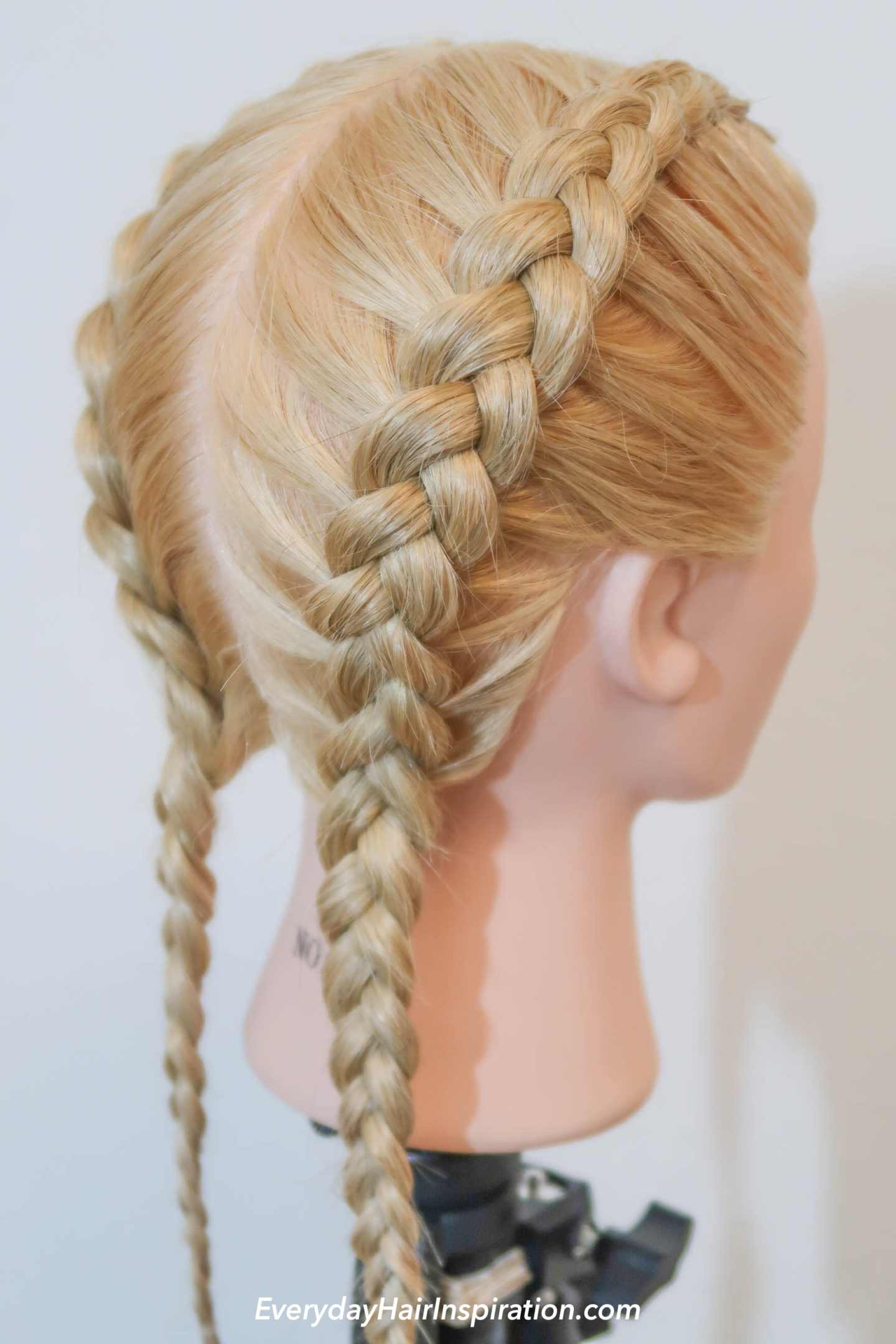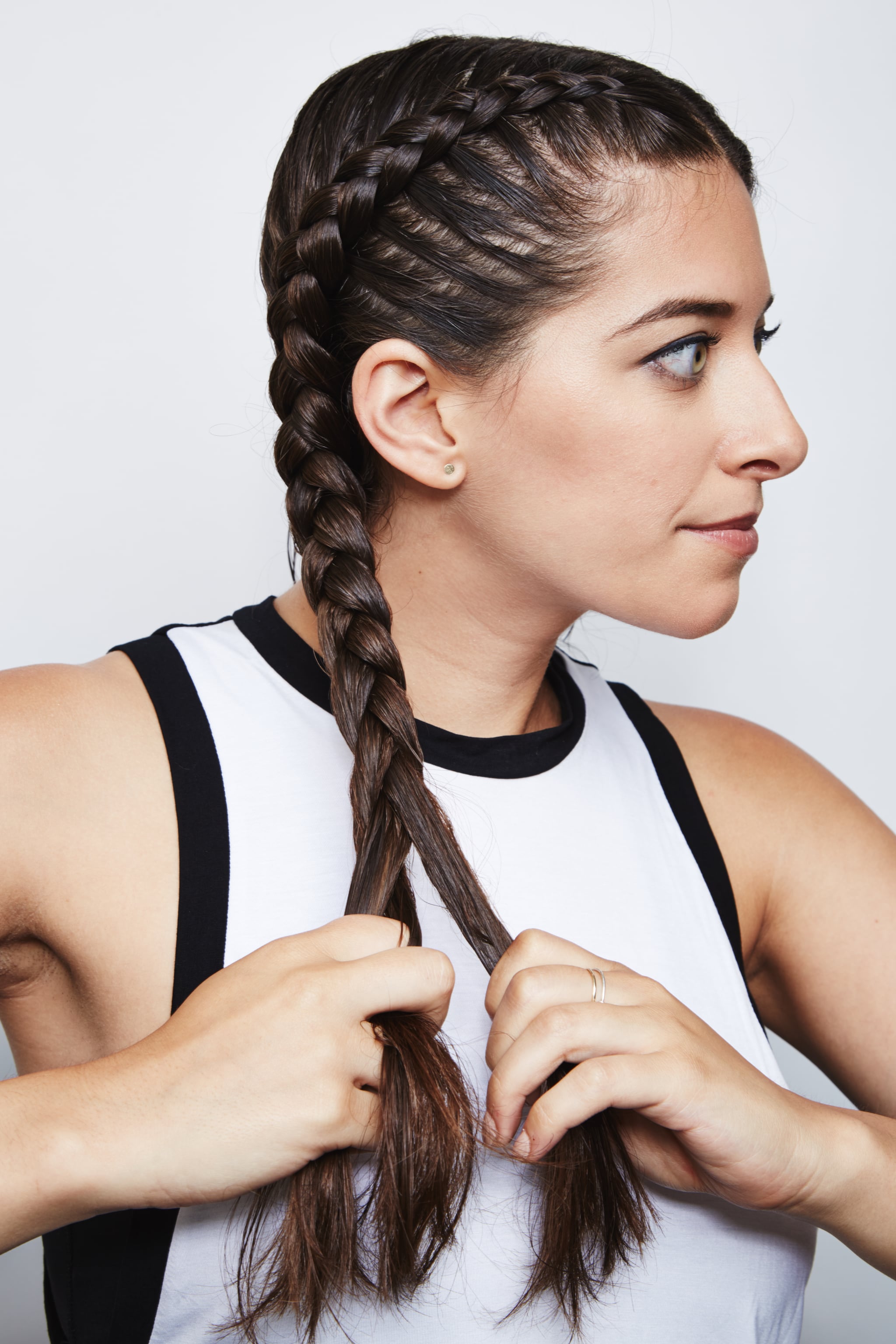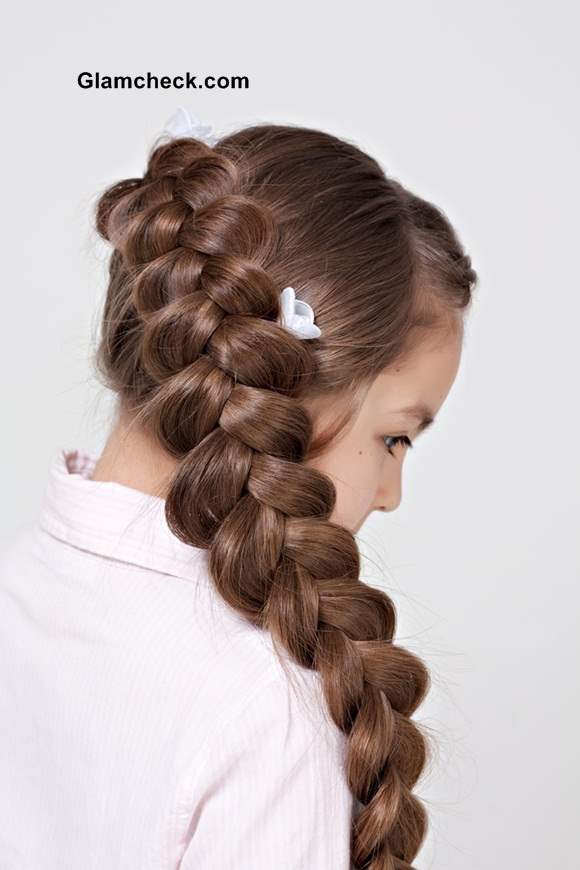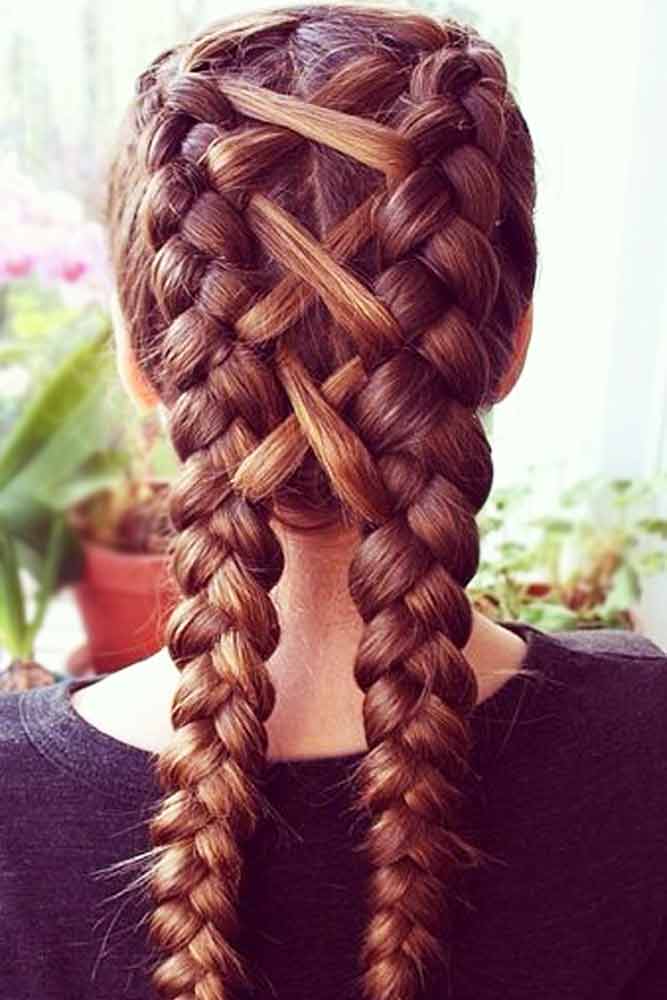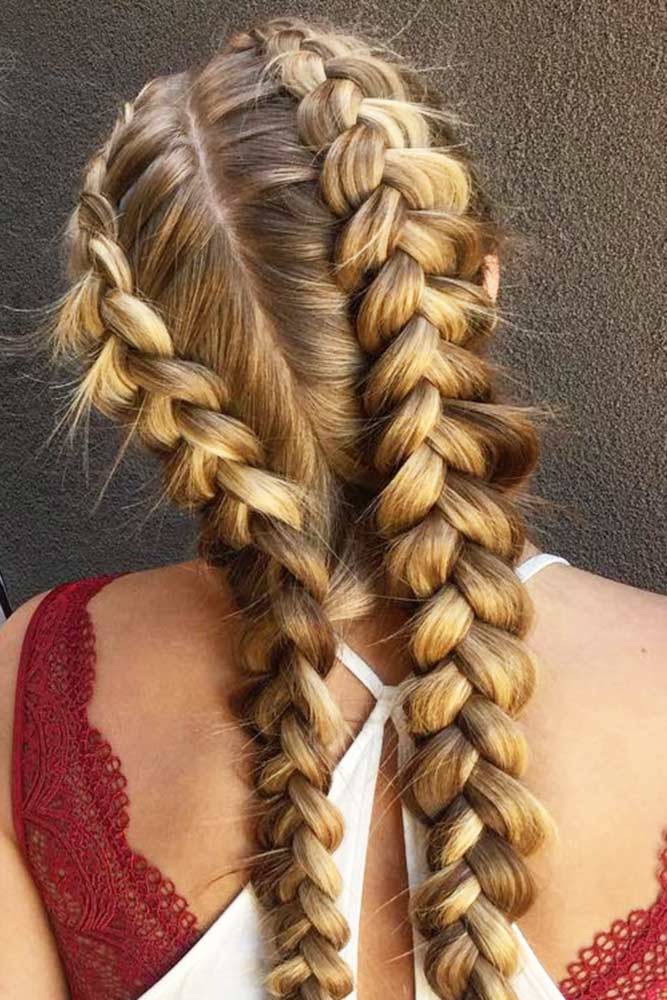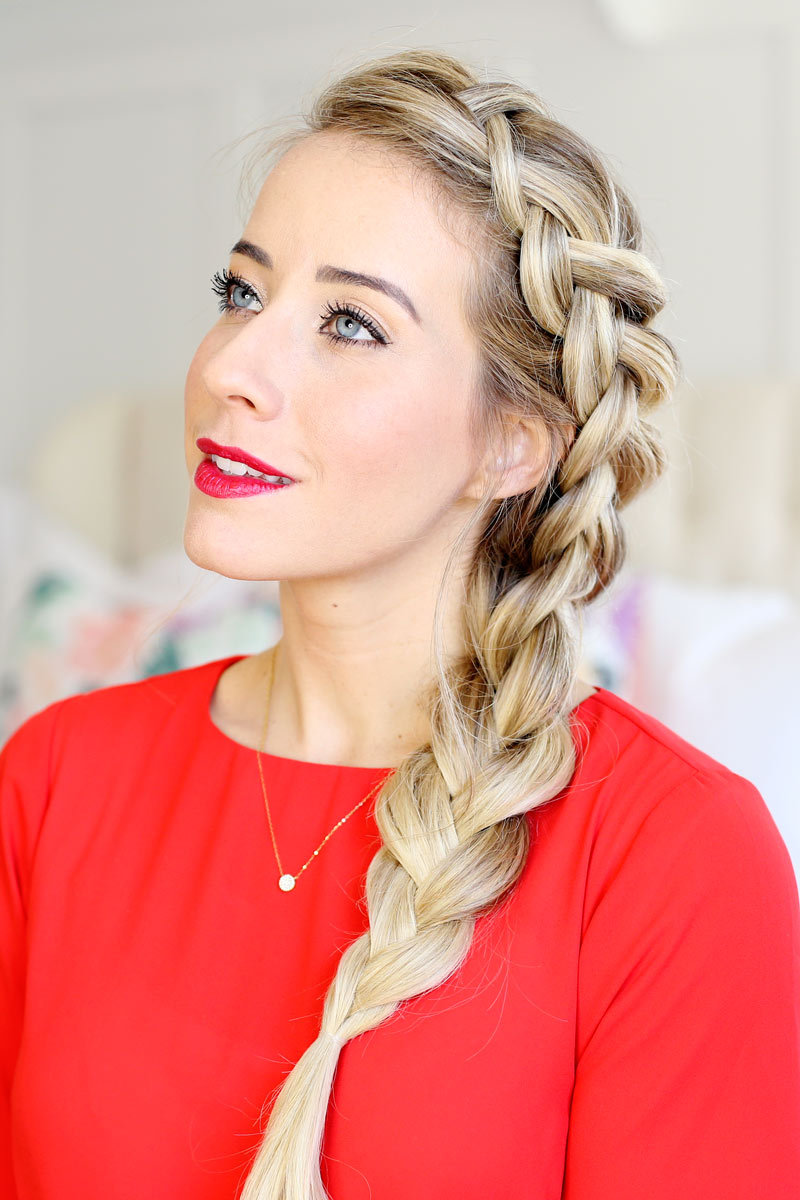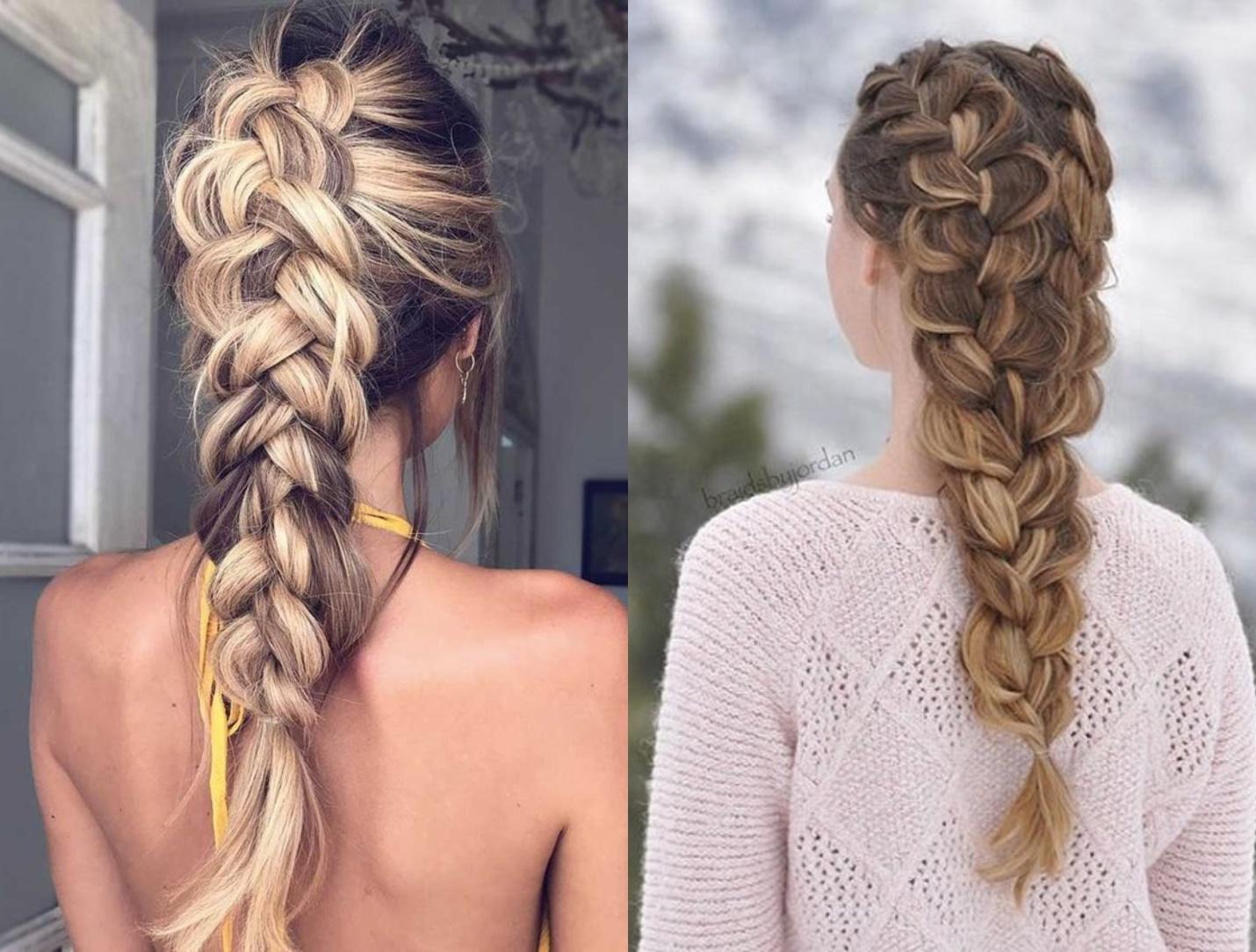Casual Tips About Who Invented Dutch Braids Easy Casual Half Up Hairstyles
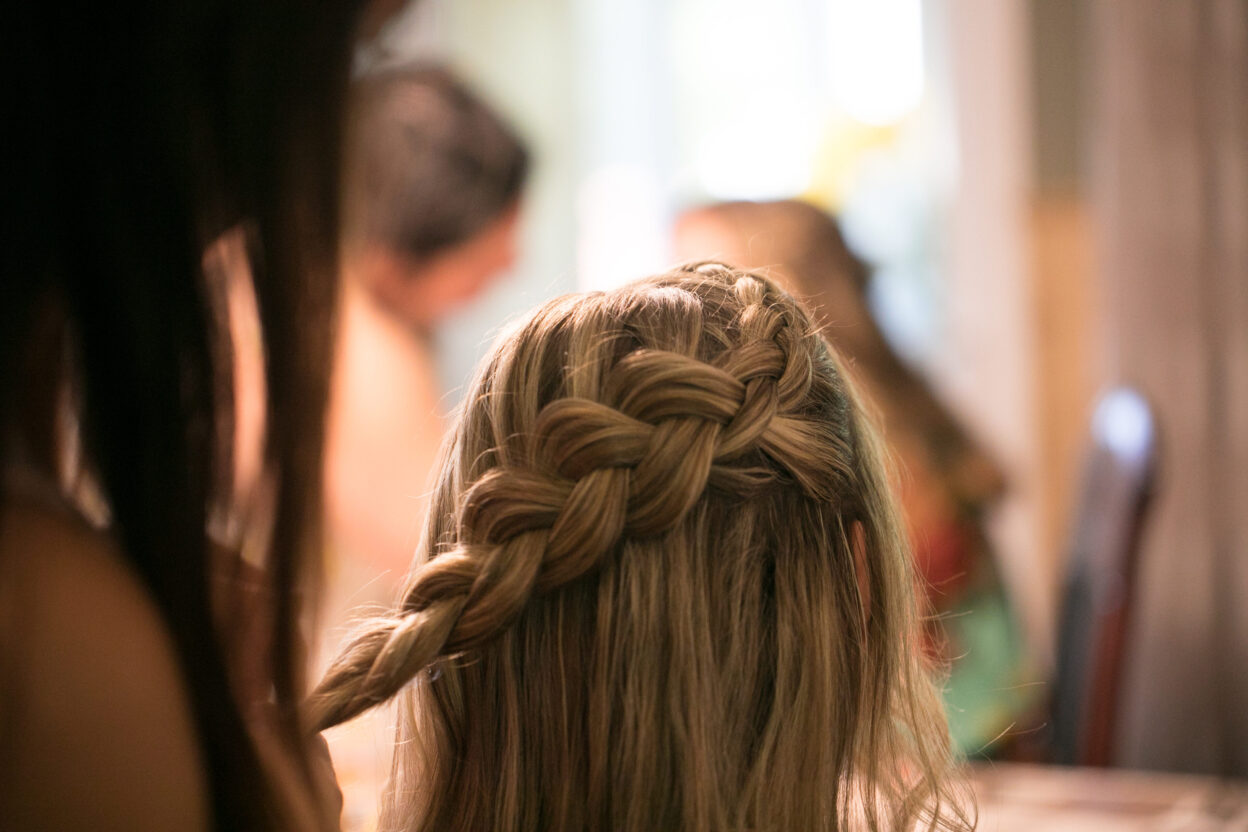
Who invented braids.
Who invented dutch braids. Netherlands (4) vs austria (3), france (4) vs poland (0) netherlands will be through to the round of 16 (in the top two) if they avoid defeat against austria. Dutch braids have cultural significance but did not originate in the netherlands. Cree chief pitikwahanapiwiyin with locked hair, 1885.
Braids are thought to have originated in africa, with many cultures adopting the style and making it their own. One popular theory is that they were invented by enslaved africans who wore their hair in a similar style. Beyond that disappointment, turns out dutch braids are pretty sick, and you can do them yourself with a little practice and a superhuman combination of pulverizing strength and endurance.
Braiding hair has deep roots in the himba culture, and they have been perfecting their craft for centuries. The hairstyle gained popularity during the 17th century, a period often referred to as the dutch golden age when the netherlands was a major center of trade, commerce, and artistic development. The braid is grounded while the central conductor(s) carries the signal.
With the instagram era, youtube tutorials, runways,. Known for their elaborate red, matted braids, their unique hairstyle offers a peek into their rich tradition. Braiding has been used to style and ornament human and animal hair for thousands of years in various cultures around the world.
In electrical and electronic cables, braid is a tubular sheath made of braided strands of metal placed around a central cable for shielding against electromagnetic interference. The origin of braids can be traced back 5000 years in african culture and it started with the himba people of namibia. Another theory is that dutch women created dutch braids to keep their hair out of their faces while working.
Keep reading to find out exactly what you need to know about the history of hair braiding. Netherlands coach ronald koeman said the referee made a mistake in ruling out a goal for his side against france at the european championship on friday but added that both sides were happy with a. The braids themselves are made from three strands of hair, twisted and folded over each other to create a plait.
From ancient cornrows to knotless tailbone length box braids, the history of braids is as evolving as its styling possibilities. Intricate braids were not only fashionable but also served as a way to protect the hair from the desert climate. The origins of braiding can be traced to the himba people of namibia in africa, where this timeless tradition has flourished for centuries.
A dutch braid (also called an inverted french braid or pineapple braid) is created when the three hair sections are crossed under each other, instead of over. This is done by not combing the hair and allowing it to mat naturally or by twisting it manually. Dutch braids originated in africa and were initially worn to protect hair from sun damage.
South african immigrants brought dutch braids to the netherlands, where they gained popularity. But where did it all begin? The egyptians believed that the way the hair was styled had spiritual significance, and braids were often associated with.
Braiding hair for many tribes was a means of identification and an indication of the status quo, and most of all, an art. Dutch braids are named after the immigrants who brought them to the netherlands in the 1800s. The earliest evidence is from the tassili n'ajjer mountain range in algeria, where rock art from almost 6,000 years ago depicts women wearing this style of braid.

